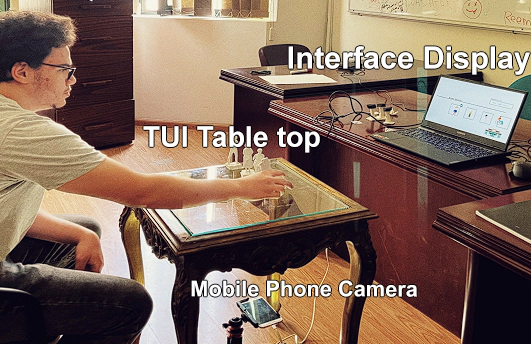The Effect of Using Tangible User Interfaces Compared to Traditional Learning for Teaching Programming in Higher Education: An Experimental Study
 Image credit:
Image credit:Abstract
here is a lot of interest in employing tangible user interfaces (TUIs) to enhance teaching programming, but there is conflicting evidence for their advantages since implementing them in educational settings offers more difficulties than traditional learning. This paper examines the effect of using TUIs in learning and compares it to traditional learning methods. The study measures the difference in learning rate on university students majoring in computer science. The study was conducted on 20 university students aged 17 to 22 who participated in a 45-minute learning activity. The activity used a Tangible User Interface (TUI) and paper notes from a textbook. Pre-test and post-test results were collected as part of the study’s between-groups design, and the TUI group outperformed the traditional learning group in terms of learning gains. The TUI group had an increase of 25.4% in their scores following the three learning sessions and a 1.5% decrease when the retention was measured two weeks later. The traditional paper learning group had increase of 9.1% in scores and a decrease of 7.2% in retention.
Type
Publication
Intelligent Methods, Systems, and Applications (IMSA)
Click the Cite button above to demo the feature to enable visitors to import publication metadata into their reference management software.
Create your slides in Markdown - click the Slides button to check out the example.
Add the publication’s full text or supplementary notes here. You can use rich formatting such as including code, math, and images.